Weaving Workshop
 Origins
People developed first weaving techniques asearly as the Stone Age (8-7th BC). First weaved articles wererepresented by clothes, footwear and bedding made from plant fibre. The fist plant which used for themanufacturing of fabric was nettle. But such fabric appeared to be very roughand with time flax, wool and cotton started to be used instead.
In Belarus weaving was a kind of hobby forwomen at first but then with the development of commodity production craftsmenalso became engaged in it. Since her childhood every young girl was able toweave belts, towels, tablecloths, bedspreads, curtains, floor coverings andmany other things. Patterns, colours andtheir combinations, ornaments of every single thing had quite a deep sacralsense and very often they performed not only a decorative function but servedas manifestation of forgotten or veiled rituals too.








Weaving Tools and Machines
First weaving machines (6-5th BC)had an upright base tied up to horizontal tree branches. Below threads wereattached to the trunks of shorn trees and were pressed with stones. A weaverheld a big shuttle with a thread in their hands and interweaved the base. Itwas hard to work with such a weaving machine because a weaver had to touch thesethreads sequentially and very often they tore or the resulted fabric might betoo thick.
The earliest information about a horizontalweaving machine that has reached present days almost without any changes dates backto the 2nd c. BC. Threads of the warp were fastened on two parallelbars which were located not too high over the ground whereas threads of theweft were interweaved with the help of a shuttle and were fixed with a reedframe.
Preparation of Material
After scutching flax was combed with the helpof metal or wooden combs or brushes madefrom boar bristle. Cleaned fibre was weaved in a braid and was kept like this upto the beginning of spinning that was performed with the help of a spinningwheel.
For a better thread twisting a spinner used towet fibre with saliva. As a result a thread needed to be dried for which it wasput on a reel. Afterwards more effortful weaving process that demanded aspecial attention started.
Weaving Process
Fabricmanufacturing with the use of a horizontal hand-operated weaving machinerepresents the interweaving of colourless warp threads with colorful woofthreads. In the course of machine threading which is appeared to be the mosteffortful operation, each and every warp thread is put through small knots ofone of the wire frames designed either to lift the threads of the warp up or toput them down. The location of threads on the wire frames creates a pattern ofthe future fabric. To carry out threading two people are needed and thisprocess requires high proficiency.
The weaving itselfis much easier. A weaver tramps pedals that makes a part of threads goes downwhile the other part goes up. It enables a craftsman to put a shuttle with awoof thread in the resulted space between the threads of the warp.
Belarusian Traditional Towel - Rushnik
A rich in ornaments towel – rushnik - servednot only for daily living needs of a person but it was also an essential attributeof different rituals. It is also connected with a number of omens originatingfrom Pre-Christian times.
The towel accompanied a person from their birthtill the death. A woman who helped to another woman to deliver a baby wrapped herhands with a piece of new linen to insure that this baby would not be poor. Thetowel was gifted to that woman and to a child’s godfather when a baby wasbaptized. On the 40th day after the death of a person a specialtowel with narrow pattern stripes was put on a window. A rushnik was tiedaround a dead person’s neck and put on a coffin that was afterwards lowered in agrave again with the use of these ritual towels. Within 40 days the rushnik wasconsidered to be receptacle of the dead person’s soul, a so-to-say windowbetween living and death worlds. In times of disasters, droughts and epidemics,the whole village weaved a special flax towel which was called obydennik.
The most elegant and generously decoratedtowels were ones made and used for wedding ceremonies. According tosuperstitious beliefs embroidering should have protected a newly married couplefrom bad luck. With towels people also decorated wedding carriages. During awedding ceremony in church a bride and a bridegroom stood on a rushnik as well.
|
|
+ 375 17 133-07-47
Phone/Fax |
+ 375 29 602-52-50
|
|
+ 375 17 132-11-77
Phone/Fax |
+ 375 29 603-52-50
|
| Download Particulars | info@dudutki.by |
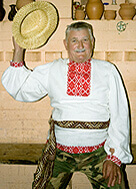
|
We invite you to visit us
on Friday till Sunday
Monday till Thursday are a day off
|
|
Mo-Th: days off
Fr-Sun: 1000 - 1800 (enter till 1700)
Dogs are not allowed
|

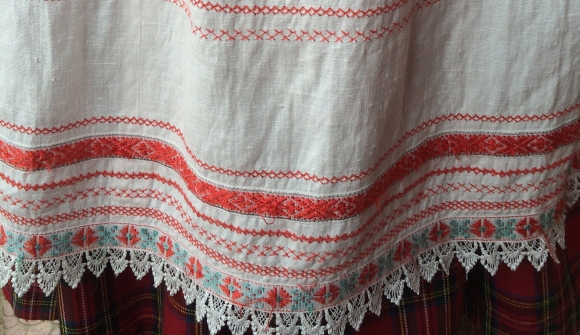
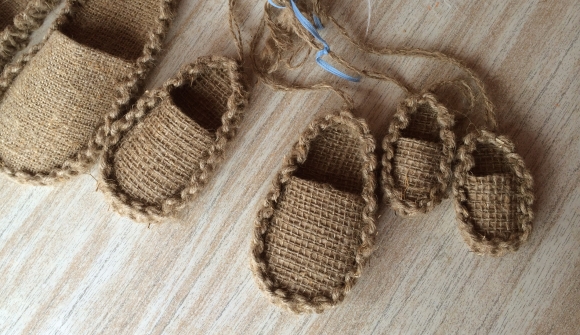
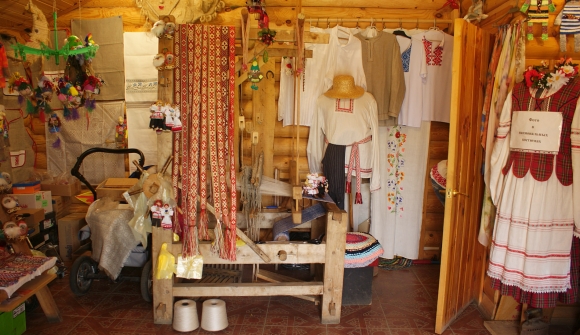
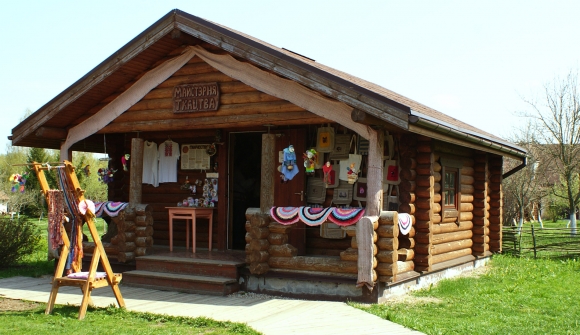
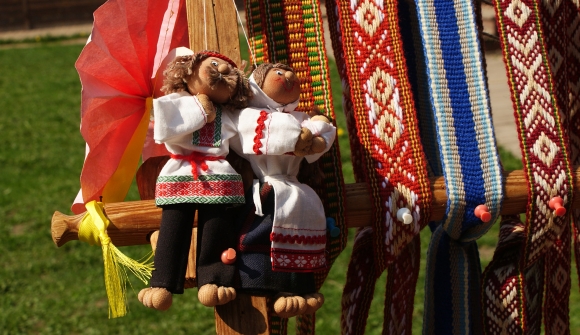
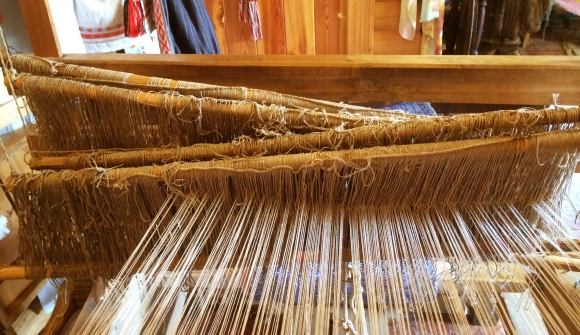
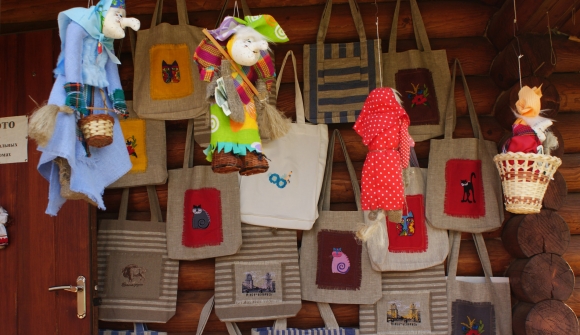
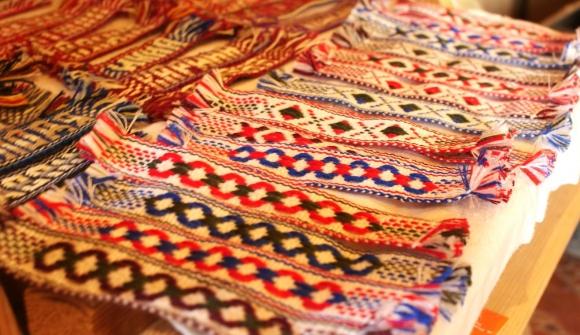
.jpg) In Belarus themain raw material for the home manufacture of fabric was flax. In late summerit was pulled out with roots and was left on the ground to make it wet and soft.In a month or a month and a half it was gathered, seed balls with removed. Thenit was dried and its hard cover was broken with the help of a special flaxbreaker. To clean flax fibre from small piece of chaff a wooden scutchthat looked like a sword or a spade was used.
In Belarus themain raw material for the home manufacture of fabric was flax. In late summerit was pulled out with roots and was left on the ground to make it wet and soft.In a month or a month and a half it was gathered, seed balls with removed. Thenit was dried and its hard cover was broken with the help of a special flaxbreaker. To clean flax fibre from small piece of chaff a wooden scutchthat looked like a sword or a spade was used.

